Otogi Zoshi: Vol. 5 Crossing Boundaries (US)
Introduction
What would make you double dip? Better picture, multi-channel sound, extra features, a cute little teddy bear with each purchase? How about Manga Entertainment's year of hell? As so often appears to happen with Manga, they changed hands over the winter of 2006, and come 2007 the new owners decided to economise on all the anime releases in the UK. It was a nightmare, and if you look at any of my anime reviews of the period, you'll see just how much of a nightmare it was. Extra features went bye-bye on all but the most lucrative of releases, and every show released for the first 8 months of the year went dubtitled. It saves on the BBFC fees to only rate one language for a release, and a cheap cheat is to apply the subtitles transcribed from the English track to the foreign language track. Of course accuracy of translation falls by the wayside when this happens, especially for dubs that are made a little more flowery for the local audience (Tokko is a case in point).
However, the series that suffered the most were the ones that were being released over the changeover. Otogi Zoshi's first three volumes followed the US release with properly subtitled episodes, and a bucket-load of extra features, although Manga pushed their capacity by putting two discs worth of material on single discs for the first two releases, before finally releasing a two disc set for volume 3. But come volume 4, and the subtitles were dropped when they were needed the most, as the modern era resulted in a lot of on-screen text that needed translating, and the extra features never got further than the BBFC. They didn't even bother submitting them for the final two volumes, and the lack of consistency and sudden lackadaisical attitude to what had been a prize series in their catalogue stuck in my craw and festered. What a difference a little importing makes. I've now got my hands on the US releases from Media Blasters, and seeing what UK customers missed out on is even more galling. I knew Manga had made a mess of the release, but I never knew how much of a mess. The release format is a little different, with an episode distribution of 5,4,4 on the US volumes, as opposed to 4,4,5 on the UK discs, and these reviews will have a decent amount of cut and paste. But the extras are all brand new.
Otogi Zoshi is a 26 episode series that has an interesting premise. It's a story told over a thousand years with the first half set during the Heian period of Japanese history, while these final thirteen episodes are set in the modern day. Coming from the powerhouse behind Ghost In The Shell Stand Alone Complex that is Studio I.G., this is a tantalising title. With the Heian arc concluded, we shift to modern day Tokyo, where all the main characters have been reincarnated. For the last year since the disappearance of her brother Raiko, Hikaru has been struggling to come to terms with his loss, and to make ends meet has opened her house to lodgers. Among her tenants are photojournalist Tsuna, fortune-teller Urabe, and playboy Sadamitsu, who lives with his adopted son Kintaro. Tokyo is being beset with strange supernatural occurrences, and they all seem to revolve around Hikaru, her missing brother and a strange figure in a dark coat who seems to know her. This fifth volume takes us 4 episodes closer to finding out what's going on.
19. Shibuya
Tsuna's next assignment is to Shibuya's transport terminus, where ATM machines have been acting strangely. Hikaru tags along, as it seems that all these supernatural occurrences have something to do with her brother. There is an urban myth about a strange white dog that wandered into a local shrine, and who reappears every full moon. And of course, while Tsuna is oblivious, Hikaru has a full-fledged paranormal encounter.
20. Azabu
A girl named Ibaraki shows up with a package for Tsuna. The next day, Tsuna dons a suit and goes out for the day, saying he's got private business. It's the perfect reason for Hikaru and Sadamitsu to sneak out after him to see what he is up to. A secret meeting with Ibaraki and an older gentleman leads to crossed wires, leaving Hikaru thinking that Tsuna's pending wedding is in jeopardy. Fortunately Urabe knows of a place in Azabu where a lucky charm may be found.
21. Ikebukoro
Tsuna decides to investigate Raiko's disappearance on his own, not wanting to get Hikaru's hopes up. He follows another photograph trail to a park in Ikebukoro, where he simply vanishes. With Tsuna nowhere to be found, Hikaru must turn to the red-haired stranger for help.
22. Ookubo
With Hikaru having found out who the dark stranger is, hearing his name has sparked a deluge of memories from a past life, and she's having a hard time coming to terms. She's sure of one thing though, having learned with happened to the original band of friends, she has no intention of letting her present day friends get involved. It may be coming close to Christmas, but the supernatural occurrences keep on growing, and now earthquakes are threatening Tokyo. Mansairaku says he needs her help to seal off the final distortion.
Picture
Otogi Zoshi is presented in a 4:3 aspect ratio and while compression artefacts are scarce, the transfer is clear, sharp and colourful. There is still moiré and shimmer over fine detail though. The animation, as you would expect from Production I.G is something quite special. For the modern era, all the characters have had a makeover, Hikaru has short hair and given the heat wave, has a preference for suitably brief clothing, Tsuna settles for jeans and a T-Shirt, while Sadamitsu looks like a pimp. There is once again a degree of stylisation, posterized photographs represent real life locations, but there is a greater degree of familiarity with the modern character and world designs. The animation seems to have gained a degree of fluidity over the Heian arc as well.
Again with the NTSC transfer played back on European systems, you may notice a slight flicker in the image, and a lower resolution, but that's offset by the lack of NTSC-PAL ghosting and a greater clarity and sharpness.
Sound
You can choose between DD 2.0 and DD 5.1 soundtracks in both English and Japanese. I chose the Japanese 5.1 track and it's a good expressive surround track. The English track is just as good, and as usual with recent anime releases, the dub is professional and easy to listen to. It's all change for the themes, and the new opening is a catchy little tune that has the characters singing along to it in the opening sequence. The end theme of episode 13 now ends all the episodes. The incidental music has also changed from traditional to contemporary, although it still suits the story well. But here's what is so attractive about this disc. This release is fully subtitled with proper translated subtitles for the dialogue and captions for the onscreen text. There is also a separate signs only track for the onscreen captions if you are watching the English dub. And it makes all the difference.
Extras
All the extras are on disc 2
You'll find the ubiquitous trailers for other Media Blasters anime releases through Anime Works. Ah! My Goddess (released in the UK by MVM), Seven of Seven, Genshiken, Knight Hunters Eternity, and Giant Robo.
The Group Discussion 7 lasts 22 minutes, and Michiko Yamakawa of Production IG returns, interviewing director Mizuho Nishikubo, sound director Kazuhiro Wakabayashi, and chief writer Yoshiki Sakurai. They talk more about the audio, the ease of contemporary settings for recording ambient sound as opposed to the historical Heian arc, and the director also mentions how it made the animation simpler. There is also some talk about the casting process, as well as the Special episodes.
Mizuho Nishikubo returns with the second part of the interview with Chieko Kawabe (8 mins). Just as she recorded the song for the end credits of the Heian arc, she also recorded Cry Baby for the Tokyo arc. They discuss this, and also her role as fashion adviser for the second half of the series.
The end of part 2 of the Tokyo University Tokyo Lectures, the part that concentrates on episode 19, runs for 4 minutes and shows up here. Part 3 immediately follows this, and that lasts 8½ minutes. Hiroyuki Suzuki, professor of the History of Architecture at Tokyo University goes over the various locations that pop up in these episodes, their histories, and how they fit into modern Tokyo.
Conclusion
I felt that the UK volume 5 started and ended strongly, with a bit of a slump in the middle. The differing episode distribution scuppers that opinion, and so the US volume 5 starts with what I feel is a stinker of an episode, or at least any episode that can put me to sleep can't be doing its job right. However, the second half of the slump seems considerably improved over my previous viewing, and I found myself enjoying Azabu a whole lot more than the last time I watched it. We're still solidly in the modern era, and just as before the show's outlook has changed. Whereas the Heian arc was one long narrative, this half of the series is firmly episodic, with more than a passing nod to the X-Files. Hikaru's brother Raiko is missing, so she joins freelance journalist Tsuna in investigating various supernatural occurrences around Tokyo that seem to be tied in to her brother. Each occurrence takes place in a different part of the city, and pays reference to another urban myth, or ghost story.
Shibuya should be another interesting delve into the supernatural, with a little known shrine and a mysterious ghost story to fill twenty minutes, and once again the red-haired stranger shows up, tantalising but never fulfilling. Something about the story just seems pedestrian and uninvolving. There is a lack of pace, and it doesn't seem personal enough to the characters, just a random mystery to be solved. This reverses my previous opinion, that Azabu was the weakest episode. This time I actually appreciated the lighter feel. We enter a strange rom-com world, where everyone gets the wrong end of the stick about Tsuna and his friend Ibaraki, and rush to find a lucky charm to make his wishes come true. I found it to be a welcome diversion from the heavy spookiness and general feeling of dark omens that the rest of the series has. It may sit out of place with the rest of the series, but it does manage to put a smile on my face.
We get back to the main storyline in the third episode, with Tsuna's vanishing in Ikebukoro prompting Hikaru to seek out the stranger that has been helping/hindering her from finding her brother, and straightforwardly ask for his help. Finally we get the revelation that we have been waiting for. It's the most obvious of secrets of course; the stranger is the reincarnation of Mansairaku, the one main character who we hadn't encountered by name thus far. Given the original Mansairaku's relationship with Hikaru, his motivations and actions have to be questioned. Perhaps Manga had it right with the way they distributed their episodes, as this is the ideal place for a volume cliffhanger, but instead we go straight into the next episode, which is really the first part of the three-part story that concludes the series.
I am really appreciating this series a lot more, and it's the extra features that make all the difference. It's almost as if the second half of the show was made exclusively for Tokyo residents, pointing out fascinating bits of trivia about their own city. There is a lot of research that has gone into the show, the stories that make up the episodes here, and in the rest of the arc, have their basis in urban legends and tales told about Tokyo, and it helps when there are commentators and interviews that put it all in context. The absence of dubtitles isn't exactly a godsend, given the genuinely high quality of the dub in the first place, but the presence of translations for on screen text and captions is, and I cannot fathom how the show was released without them in the UK. The running time of the extras may be shorter in this 5th volume, but they aren't any less appreciated. Well worth the double dip.
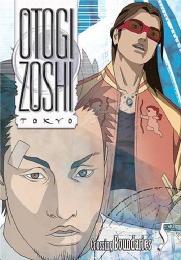
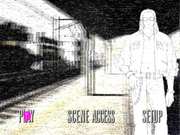
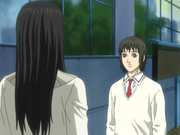
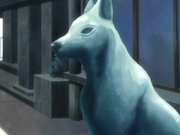
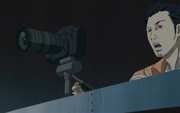
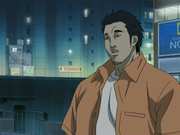
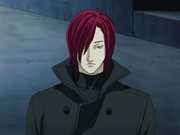
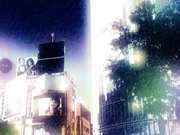
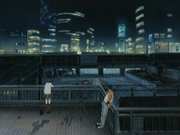



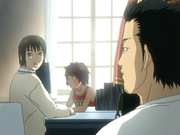
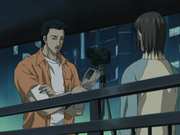
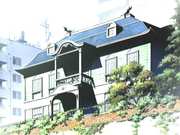
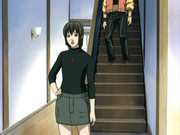

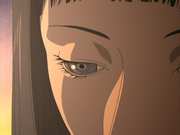


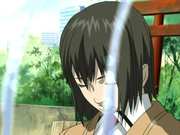
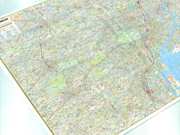


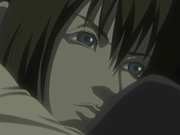
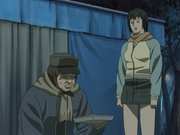
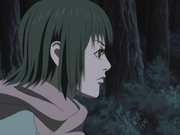

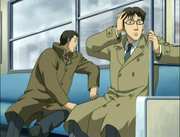
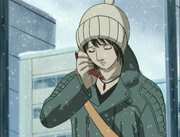
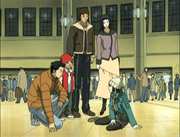





































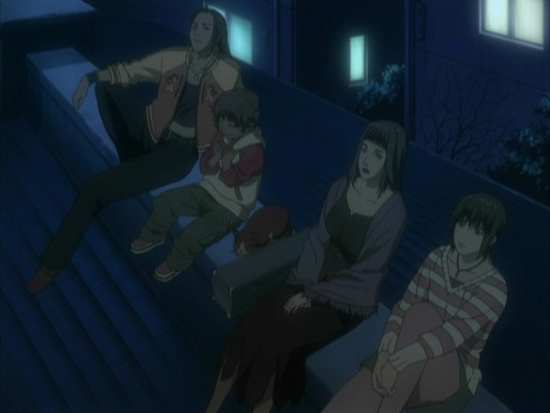


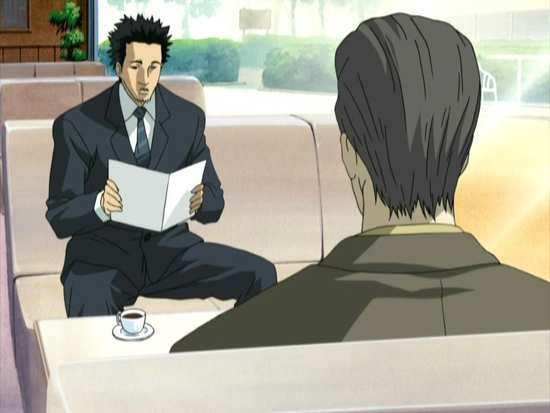
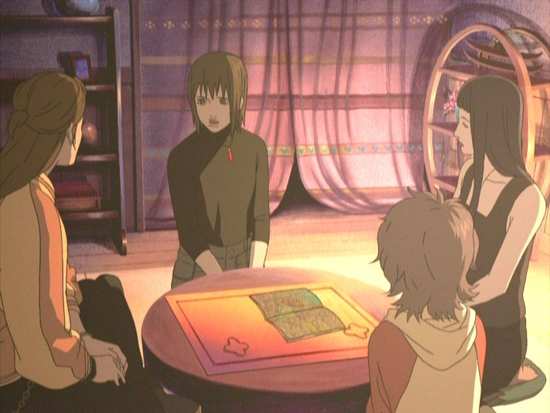


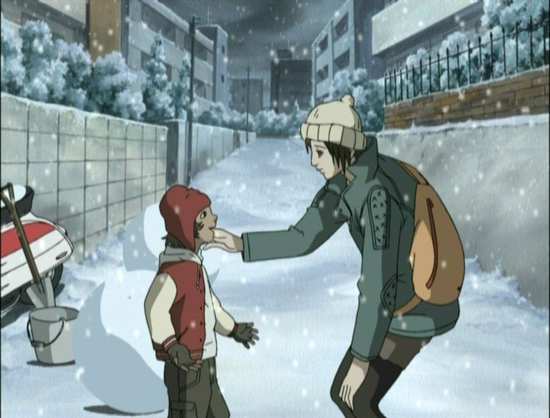

Your Opinions and Comments
Be the first to post a comment!